Hi there, pet lovers! 🐍
Mangrove Snakes, also known as Gold-ringed Cat Snakes, are among the most striking and fascinating reptiles in the world. With their glossy black scales, vibrant yellow or white bands, and iridescent sheen, they are a true marvel of nature. However, these snakes are not for everyone. Their challenging care requirements, defensive temperament, and specialized needs make them a pet best suited for experienced reptile keepers. In this comprehensive review, we’ll explore everything you need to know about Mangrove Snakes, from their unique traits and care needs to their availability and costs. Whether you’re considering one for your collection or simply curious about these enigmatic creatures, this guide will help you make an informed decision.
Overview
Mangrove Snakes (Boiga dendrophila) are arboreal, rear-fanged venomous snakes native to Southeast Asia. They are known for their stunning appearance, athleticism, and complex care requirements. Here’s a quick summary of what makes them stand out:
- Handling and Temperament: Defensive, nervous, and not ideal for handling.
- Care and Maintenance: High-maintenance, requiring specialized enclosures and precise environmental conditions.
- Health and Durability: Sensitive to stress and environmental changes, especially when wild-caught.
- Availability: Rare in the pet trade, with captive-bred individuals being the best option.
- Cost: Moderate initial cost, but setup and maintenance can be expensive.
- Overall: A challenging yet rewarding pet for experienced reptile enthusiasts.
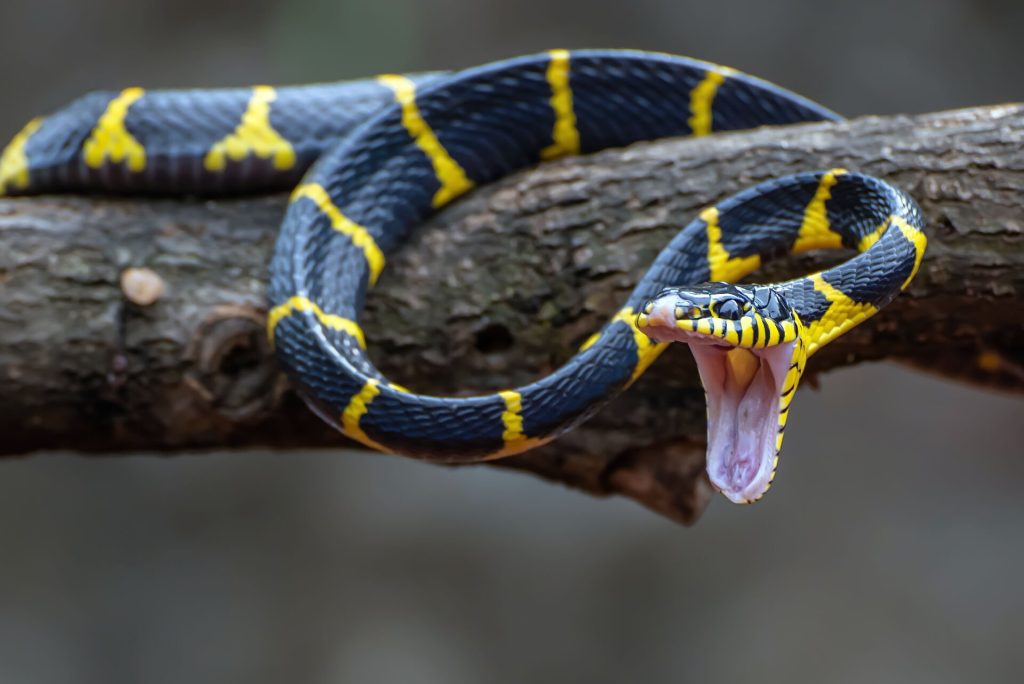
Why Choose a Mangrove Snake?
Mangrove Snakes are a dream for those who appreciate beauty and complexity in their pets. Their iridescent black scales and bold yellow or white bands make them one of the most visually stunning snakes in the world. However, their appeal goes beyond looks. These snakes are highly active, intelligent, and fascinating to observe.
That said, Mangrove Snakes are not beginner pets. They require a dedicated keeper who understands their unique needs and is prepared to provide a highly specialized environment. If you’re an experienced reptile enthusiast looking for a challenge and a snake that’s more of a display animal than a hands-on pet, the Mangrove Snake might be for you.
Handling and Temperament
Mangrove Snakes are not known for their docility. They are naturally defensive, nervous, and quick to react when they feel threatened. Their arboreal nature and agility make them particularly challenging to handle, as they can double back on their bodies and strike with surprising speed.
Key Points About Their Temperament
- Defensive Behavior: Mangrove Snakes are prone to striking when they feel threatened. While they are rear-fanged and their venom is not considered life-threatening, a bite can cause significant discomfort, including swelling, blistering, nausea, and headaches.
- Arboreal Agility: These snakes are incredibly fast and agile, making them difficult to manage outside of their enclosure.
- Limited Handling: Due to their defensive nature and venomous bite, handling should be kept to an absolute minimum. They are best admired from a distance.
Handling Tips
- Always approach with caution and respect for their space.
- Avoid handling unless absolutely necessary, such as during enclosure cleaning or health checks.
- Use tools like snake hooks to minimize direct contact.
Care and Maintenance
Mangrove Snakes are high-maintenance pets that require a carefully controlled environment to thrive. Their arboreal nature, sensitivity to humidity, and specific temperature needs make them a challenging species to care for.
Enclosure Setup
- Size: A large enclosure is essential. For an adult Mangrove Snake, a minimum of 4 feet in height and 2 feet in width and depth is recommended.
- Climbing Space: Being arboreal, they need plenty of vertical space with branches, vines, and foliage for climbing and exploring.
- Substrate: Use a moisture-retaining substrate like coconut fiber or cypress mulch to maintain humidity. Avoid loose substrates that could cause impaction if ingested.
- Hiding Spots: Provide multiple hiding spots at different levels of the enclosure to help them feel secure.
Humidity and Temperature
- Humidity: Maintain high humidity levels (70-90%) by misting the enclosure daily and using a large water bowl for soaking.
- Temperature: Provide a temperature gradient of 75-85°F, with a basking spot of up to 90°F. Use heat sources like ceramic heat emitters or heat pads, regulated by thermostats to prevent overheating.
Feeding
- Diet: In the wild, Mangrove Snakes eat a varied diet of lizards, frogs, birds, and small mammals. In captivity, they can be fed rodents, chicks, and occasionally fish.
- Feeding Challenges: Wild-caught individuals may refuse to eat initially. Captive-bred snakes are generally better feeders.
- Feeding Schedule: Offer food every 7-10 days, adjusting portion sizes based on the snake’s size and appetite.
Lighting
- Mangrove Snakes do not require UVB lighting, but providing low-level UVB can benefit their overall health and encourage natural behaviors.
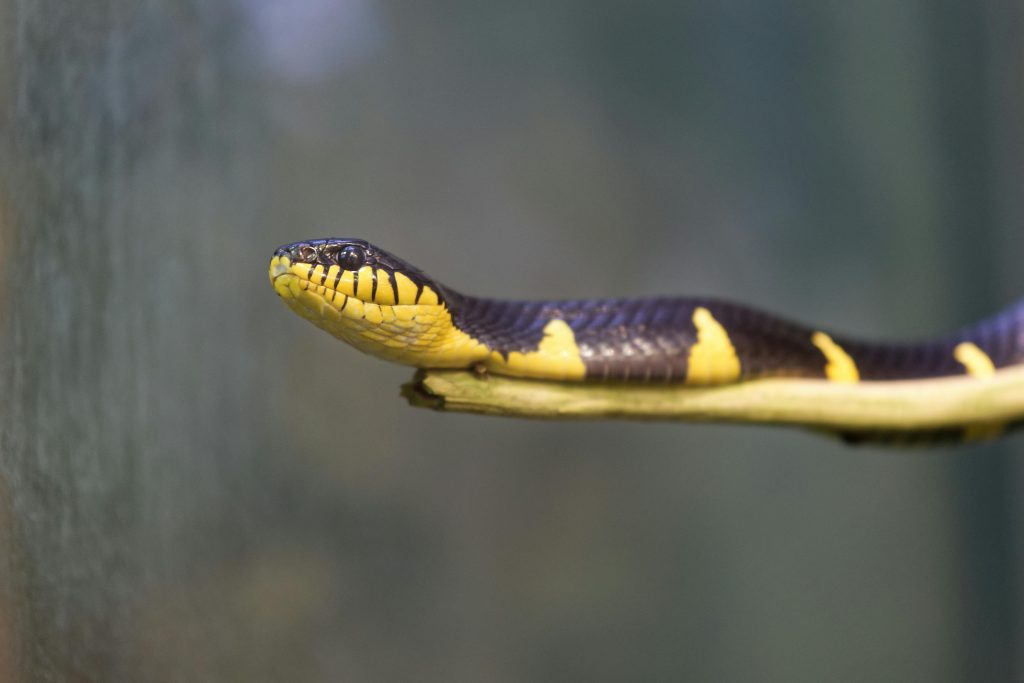
Health and Durability
Mangrove Snakes are sensitive to stress and environmental changes, especially when wild-caught. Many imported individuals arrive dehydrated, parasite-ridden, and stressed, leading to a high mortality rate.
Common Health Issues
- Parasites: Wild-caught snakes often carry internal and external parasites that require veterinary treatment.
- Respiratory Infections: Caused by improper humidity or temperature levels.
- Dehydration: Occurs if humidity levels are too low or if the snake refuses to drink.
Preventative Care
- Maintain proper humidity and temperature levels.
- Provide a clean and stress-free environment.
- Regularly monitor the snake’s behavior and appetite for signs of illness.
With proper care, Mangrove Snakes can live 10-15 years in captivity, making them a long-term commitment.
Availability and Cost
Mangrove Snakes are rare in the pet trade, and finding a healthy, captive-bred individual can be challenging.
Where to Buy
- Breeders: The best option, as captive-bred snakes are healthier and more adaptable to captivity.
- Reptile Expos: A good place to meet breeders and see the snakes in person.
- Online Marketplaces: Be cautious and ensure the seller is reputable.
Cost
- Snake Price: Wild-caught individuals typically cost $100 to $200, while captive-bred snakes can range from $300 to $600.
- Setup Cost: A proper enclosure, heating, lighting, and other supplies can cost $300 to $500 or more.
Pros and Cons
Pros
- Stunning Appearance: Their glossy black scales and bold yellow or white bands make them one of the most beautiful snakes in the world.
- Fascinating Behavior: Highly active and intelligent, they are a joy to observe.
- Unique Challenge: A rewarding project for experienced reptile keepers.
Cons
- Defensive Nature: Not suitable for handling and can deliver a painful bite.
- High-Maintenance Care: Requires precise humidity, temperature, and enclosure setup.
- Health Challenges: Wild-caught individuals often have health issues.
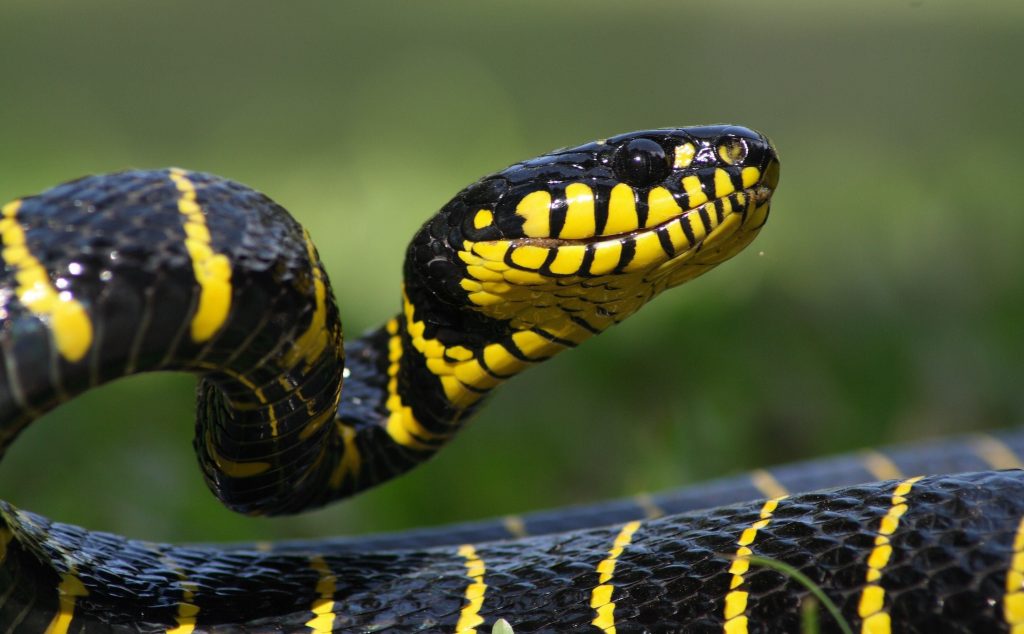
Final Thoughts
Mangrove Snakes are not for the faint of heart. Their stunning beauty and fascinating behaviors make them a dream for experienced reptile enthusiasts, but their challenging care requirements and defensive nature make them unsuitable for most hobbyists. If you’re confident in your ability to meet their needs and are looking for a snake that’s more of a display animal than a hands-on pet, the Mangrove Snake could be a rewarding addition to your collection.
However, for those seeking a similar aesthetic with fewer challenges, we recommend considering alternatives like the Jungle Carpet Python. These snakes offer striking patterns and colors with a more manageable temperament and care routine.
If you’re ready to take on the challenge, we highly recommend sourcing a captive-bred Mangrove Snake from a reputable breeder. Their health and adaptability to captivity make them a far better choice than wild-caught individuals.
Have you owned a Mangrove Snake? Share your experiences and tips in the comments below! We’d love to hear how you care for your snake and what makes them special to you.
For more reptile care tips and reviews, stay tuned to our blog and don’t forget to subscribe to our newsletter! 🐍

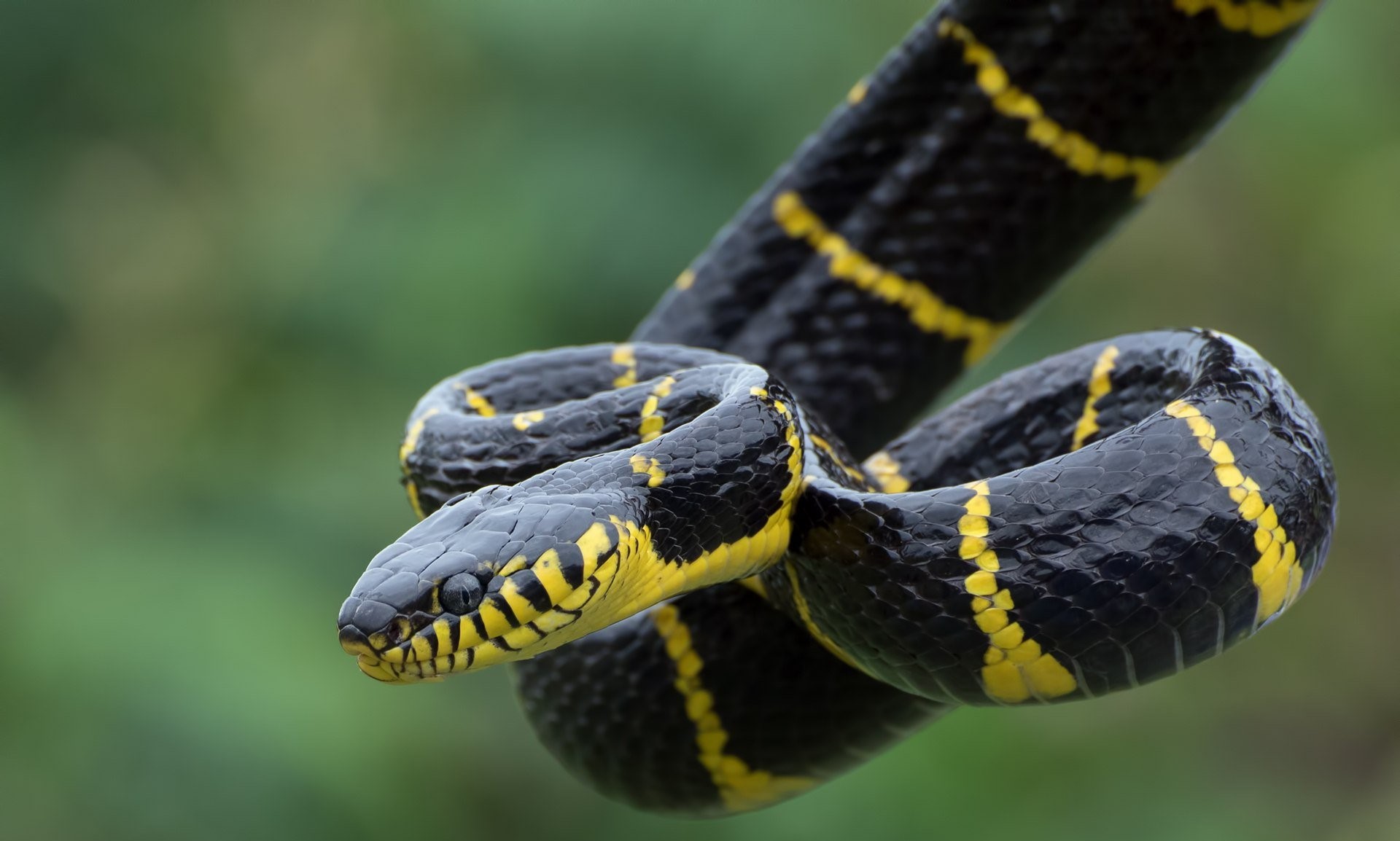

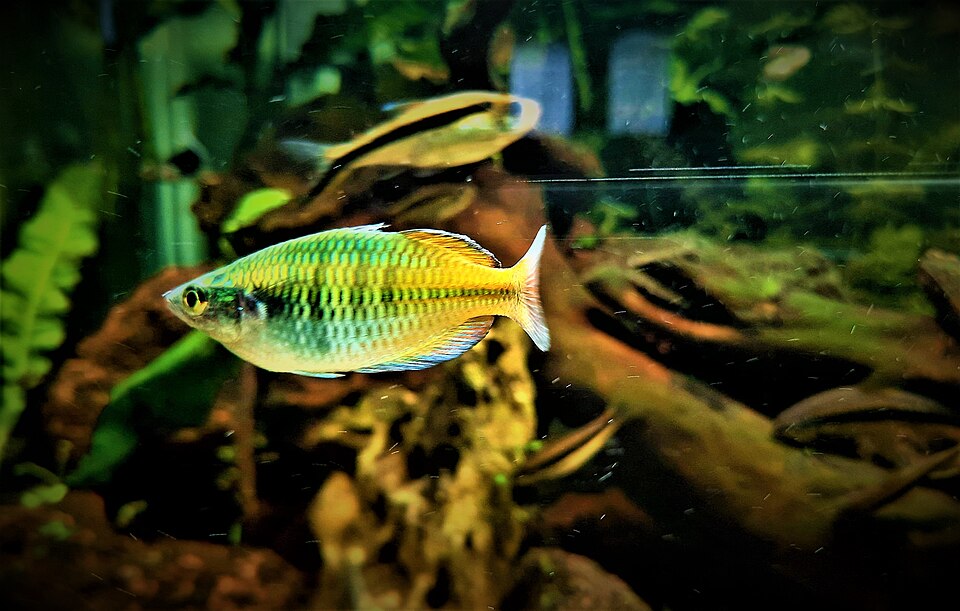
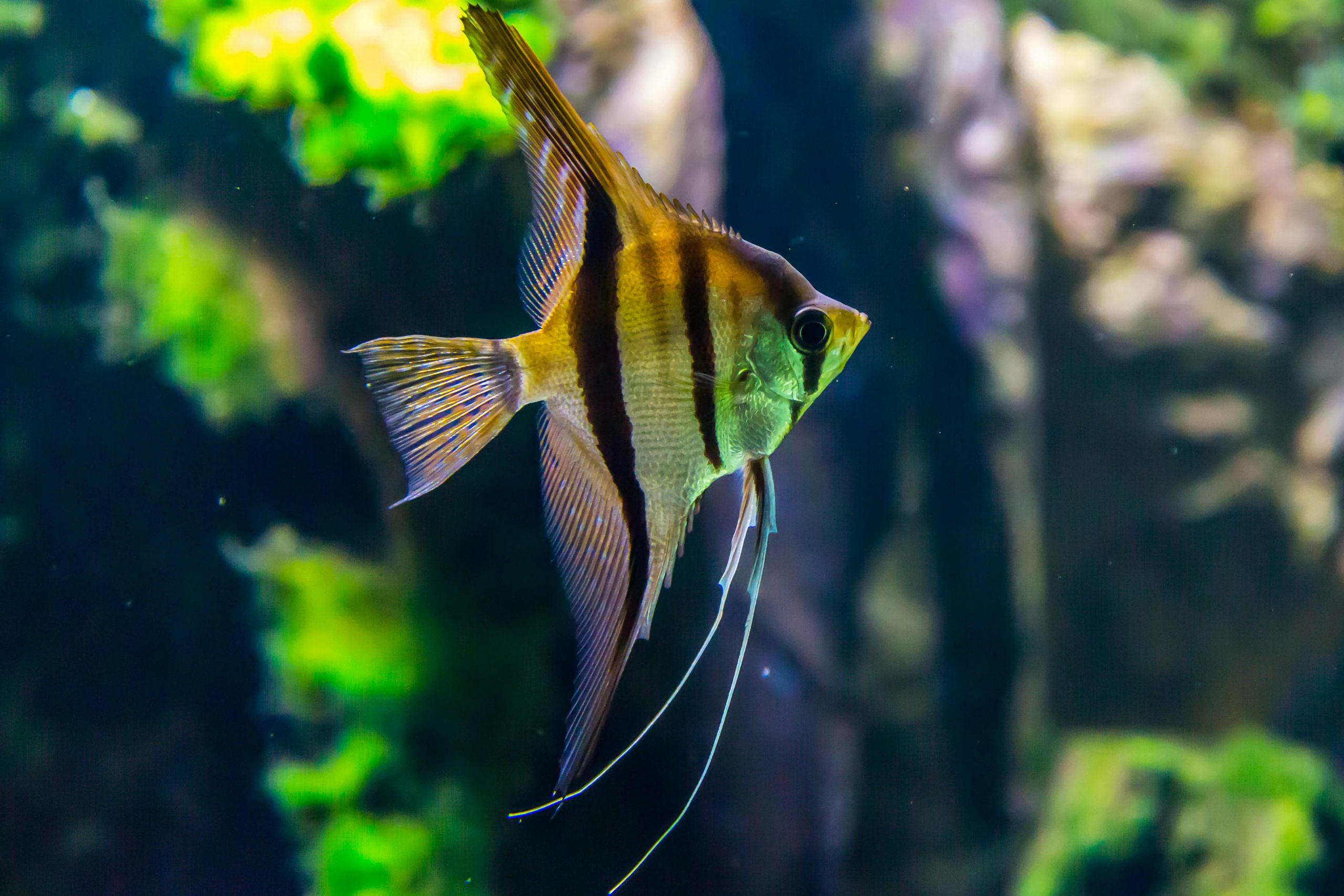
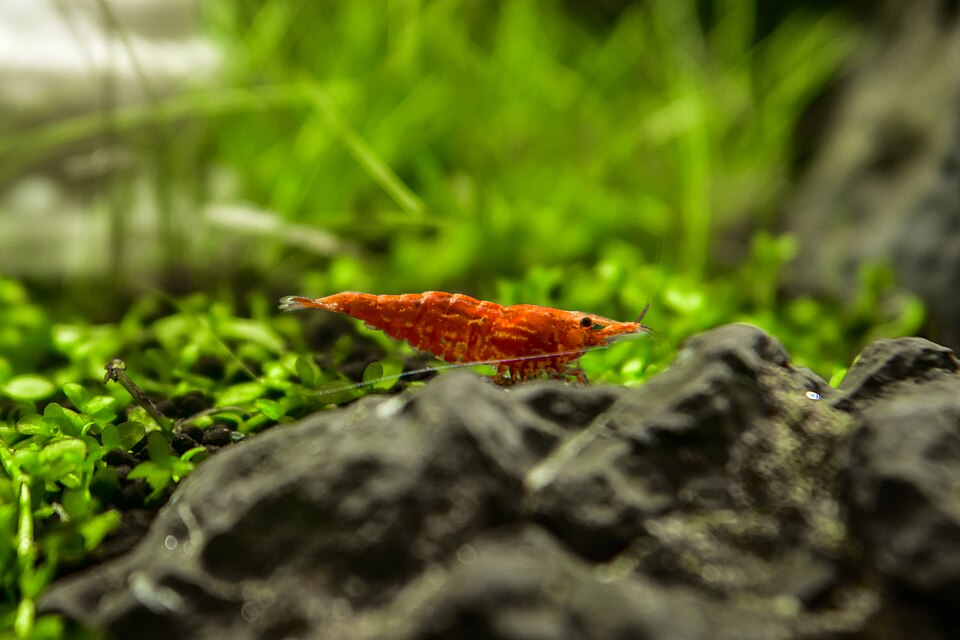

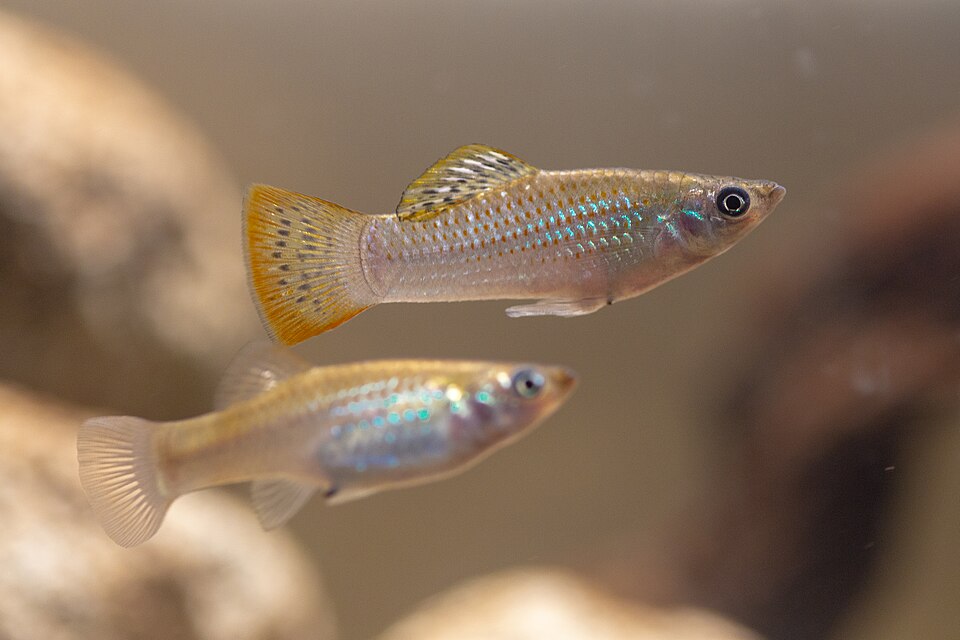
Leave a Reply